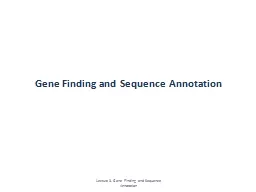PPT-Taking Sights and Finding
Author : ellena-manuel | Published Date : 2018-10-23
Ho LHA and Dec Global Navigation Homework Solutions Chapter 3 1 Objectives Demonstrate and describe techniques for taking sights on moon planets amp stars
Presentation Embed Code
Download Presentation
Download Presentation The PPT/PDF document "Taking Sights and Finding" is the property of its rightful owner. Permission is granted to download and print the materials on this website for personal, non-commercial use only, and to display it on your personal computer provided you do not modify the materials and that you retain all copyright notices contained in the materials. By downloading content from our website, you accept the terms of this agreement.
Taking Sights and Finding: Transcript
Download Rules Of Document
"Taking Sights and Finding"The content belongs to its owner. You may download and print it for personal use, without modification, and keep all copyright notices. By downloading, you agree to these terms.
Related Documents














